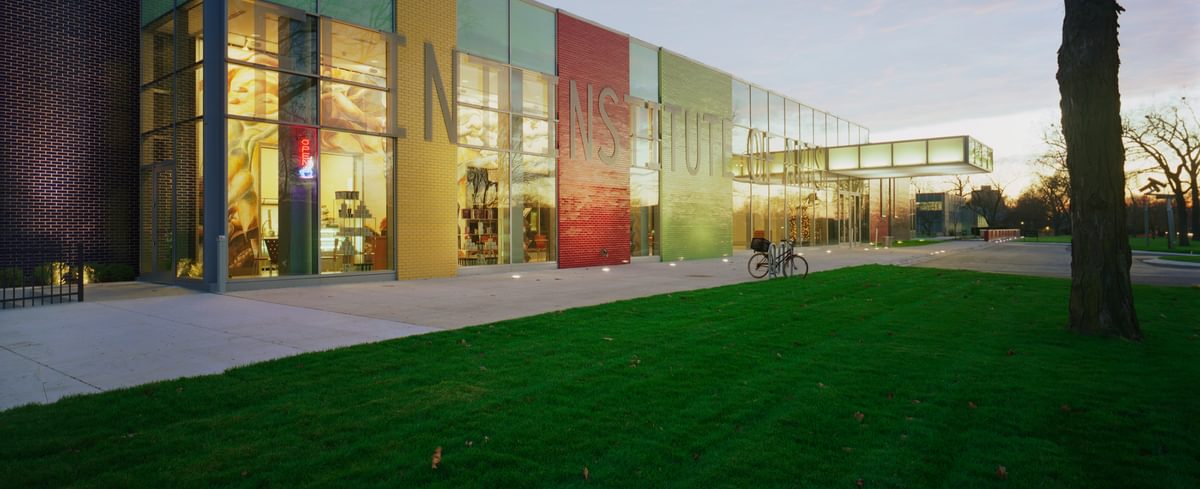
Explore the World in Flint
Spring and summer are the best times in Michigan to travel within the state with the sunshine and colorful explosion of leaves and flowers after a long, gray winter. At the FIA, it is also a good time to see some great exhibitions, take a class in the Art School, or enjoy some special programming. In just one location, you have the opportunity to learn about diverse places and cultures from different countries, time periods, and mediums.
We have several special exhibitions opening this season. From Earth to Sky: Ancient Art of the Americas will provide you with the opportunity to discover indigenous art of Mexico and Costa Rica with ceramics that depict daily life almost 2,000 years ago. As a member, join us for a first look on May 10 at this exhibition of works that have not been seen publicly since they were collected in the early 1960s. The Members Preview will include a lecture by scholar Dr. Kristi Butterwick at 6:00p, followed by live music and a reception. The following day, on Huntington Free Saturday, will feature a free performance by El Ballet Folklórico Estudiantil in celebration of Latin culture. If ancient art of America has your curiosity piqued, you will also be able to learn more about more recent art of Mexico in the exhibition Mexicanidad, which provides a look at the significant role printmaking had in the 20th century.
Meditations in Gold: South Asian Jewelry, opening on May 16, will showcase the intricate beauty of Indian jewelry of the late 19th and 20th centuries, considering the symbolic and spiritual connections of this wearable art. Attending the Kommareddi Family Lecture at 6:00p with Dr. Usha Balakrishnan, an expert on Indian art and jewelry, is the ideal way to learn more about this fascinating subject prior to looking at the works up close. Rounding out this season’s openings on July 20 is Joyce J. Scott: Messages, which will feature the glass bead artwork of contemporary African American artist Joyce J. Scott.
In addition to exhibitions, there are many opportunities to do something fun this summer at the FIA. Join us on June 1st for The. PARTY with the theme ¡Viva la Fiesta! On the following weekend, Friends of Modern Art (FOMA) will host the 57th annual Art Fair. On June 13, we are celebrating Juneteenth with free programming. Also this summer, on June 17, we are launching Funday Mondays—a series of free weekly family friendly activities and special events, held in the Art School studios, outdoor spaces, and across the museum. This initiative capitalizes on the FIA’s unique position as the only Flint Cultural Center institution open on Mondays. On July 12, we are moving Late Night Thursdays to Fridays to align with the popular Patio Nights, in partnership with the Flint Institute of Music’s Music Around Town series. The free concerts, which feature music from rock to folk to jazz, on the FIA lawn continue through August.
Sincerely,
Tracee J. Glab
Executive Director

Tracee Glab
Executive Director
Tracee Glab is the Executive Director at the Flint Institute of Arts. She has overseen more than 100 exhibitions and curated 40 exhibitions, working with the community on such exhibitions as Jerry Taliaferro’s Women of a New Tribe (2017) and Sons: Seeing the Modern African American Male (2022). She has collaborated with other Michigan institutions for Common Ground: African American Art from the Flint Institute of Arts, Kalamazoo Institute of Arts, and Muskegon Museum of Art (2015–16) and with University of Michigan-Flint faculty on Self-Expression (2017). She has worked extensively with contemporary artists, both locally and internationally. Glab has also overseen fifteen publications, contributing to the 50th-anniversary book Magnificence and Awe: Renaissance and Baroque Art in the Viola E. Bray Gallery (2011) among others. Her interests include exploring the ways objects of various time periods and cultures can connect to people thematically, most recently culminating in a lecture on “Beautiful Death.” Prior to her role at the FIA, she worked for 10 years at the Detroit Institute of Arts across many departments, including curatorial, publications, and education. Glab has her MA in Art History from Wayne State University and BA in Art History from University of Michigan-Dearborn. Glab was also honored with two competitive travel grants to London and Oxford to conduct her master's thesis research on the 19th century British painter Dante Gabriel Rossetti.
Officers & Trustees
The board of directors is the governing body of a nonprofit. Individuals who sit on the board are responsible for overseeing the organization’s activities. Board members meet periodically to discuss and vote on the affairs of the organization. At a minimum, an annual meeting must occur with all board members present. Additional meetings are likely to take place throughout the year so board members can discuss and make other necessary decisions. Board memberships are not set up to be permanent positions; most organizations have terms set up for board members, which typically fall between two and five years.

Kathryn C. Boles
President

Anton Thornquist
First Vice-President

Elisabeth Saab
Second Vice-President

Lynne Hurand
Secretary

Jay Werschky
Treasurer

Thomas B. Lillie
Immediate-Past President

John Bracey
Trustee

Willie Brown
Trustee

Ann K. Chan
Founders Society President

Christopher Estes
Trustee

Kia Berry Hagens
Trustee

Louis A. Hawkins
Trustee

Dale Keipert
Trustee

James R. Kettler
Trustee

Alan Klein
Trustee Emeritus

Camille Koger-McCree
Trustee

Asha M. Kulkarni
Trustee

Kimberly Robbins
Trustee

Matthew L. Norwood
Trustee

Linda Pylypiw
Trustee

Betty Salimi
Trustee

Dr. Sharon A. Simeon
Trustee

David T. Taylor

Gregory G. Viener
Trustee

Ed Watkins
Trustee

Dale K. Weighill
Trustee

Shannon Easter White
Trustee

Dean Yeotis
Trustee


